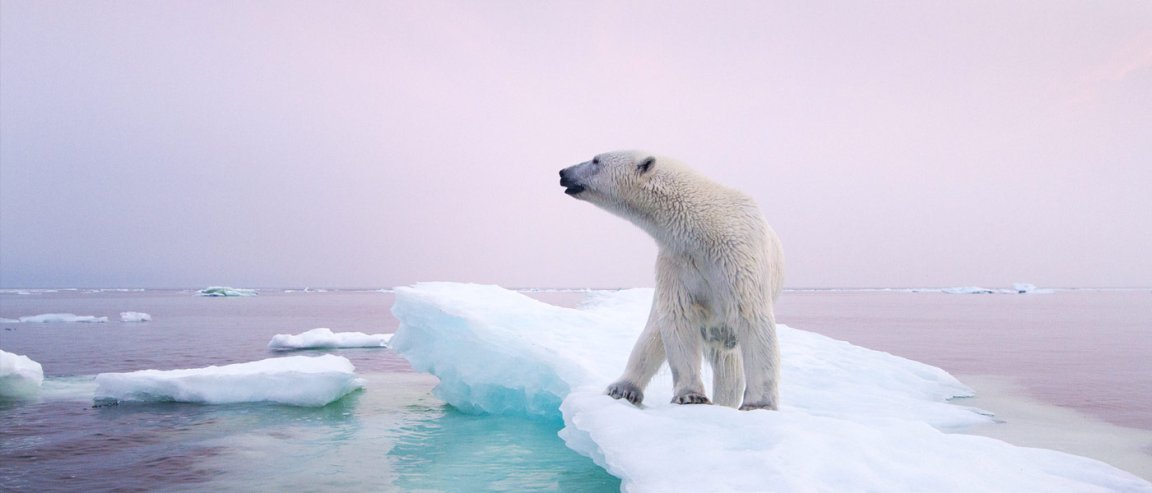
The more the merrier
New research has concluded that the biodiversity across the Earth’s surface has dropped below the “safe” threshold considered by experts.
Biodiversity, which includes all the animals, plants, and organisms that make up an ecosystem, is a key component to our survival. Natural processes such as pollination, decomposition and regulation of the global carbon cycle are all dependent on biodiversity. For example, hundreds of species of crops depend on pollinators like bees and butterfly to survive.

“The possible consequences of things going wrong are very large,” says Tim Newbold, a researcher at University College London and the author of the study.
Previous studies have shown that extinction rates are increasing every year which then affects the Amazon rainforest in a highly negative manner. With Newbold’s new study published in the journal Science, the concern is much deeper than we ever suspected. The report contains a very comprehensive quantification of how much biodiversity had actually been lost across the surface of the Earth.
Maybe we’re just paranoid
According to the model made by the researchers, on average, biodiversity has fallen around 84.6 percent than before mankind changed the landscape. Taking into account newly discovered species, the numbers would amount to 88 percent. Both numbers are below the threshold scientists consider as safe. Across 58 percent of the Earth’s land surface, local biodiversity are below safety levels.
But the calculations in the study has some limitations. They are based on assumptions and statistical analyses which naturally causes uncertainty in the safety threshold set by some experts. The 90 percent limit, set by the BII, might just be a bit higher than necessary so it’s very well possible that we may not have crossed the safety line yet. Of course, whether it’s has or not doesn’t take away from the fact that our Earth’s biodiversity is, at best, almost at a critical level.